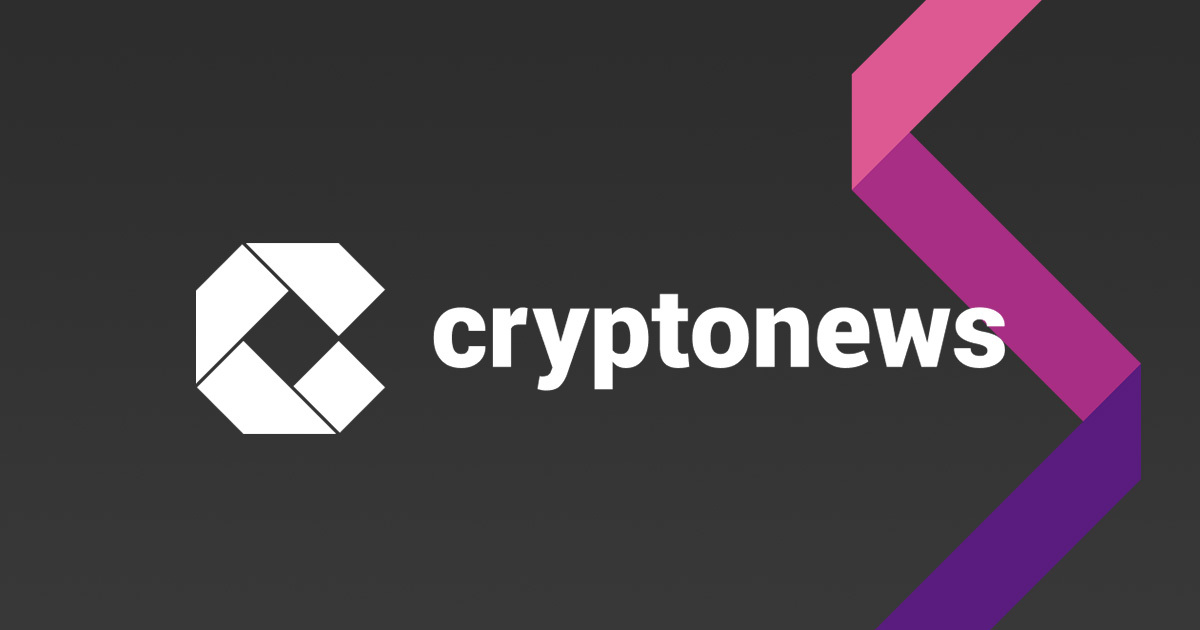French and Italian Regulators Submit DLT Recommendations to European Commission

Key Takeaways:
- Regulators propose fresh trial rules to widen digital ledger testing.
- New guidelines support a range of project sizes and adaptive market methods.
- Proposed changes may ease the merger of digital trials with established financial practices.
The French Autorité des Marchés Financiers (AMF) and the Italian Commissione Nazionale per le Società e la Borsa (CONSOB) jointly submitted recommendations to the European Commission on Wednesday, proposing adjustments to how blockchain and distributed ledger technology (DLT) is regulated across European financial markets.
The regulators called for a more flexible and efficient regulatory framework that would support the integration of DLT into existing market infrastructure and encourage broader experimentation.
AMF and CONSOB Advocate for a Competitive Blockchain Framework in European Finance
The recommendations followed the underwhelming performance of the EU’s Pilot Regime, introduced in March 2023 to guide the use of DLT in financial market infrastructure.
The program was intended to provide a legal environment for testing blockchain-based systems for trading, settlement, and custody of financial instruments.
Despite risinginterest in DLT, participation in the Pilot Regime remained low, with limited adoption and missed objectives.
The AMF and CONSOB have urged the European Commission and co-legislators to adjust the framework to better support market testing and development.
“At a time when Europe wishes to develop its financial markets to meet its financing needs with the Savings and Investment Union, it is clearly a priority that Europe puts in place a competitive framework to encourage innovation, and market testing of distributed ledger technology, in order to better measure the potential benefits,” said Marie-Anne Barbat-Layani, AMF Chair.
The regulators outlined three key areas for improvement.
First, they call for a more flexible regulatory framework that encourages experimentation by offering proportionality based on the size and nature of the projects.
They believe this would lower barriers for firms seeking to experiment with DLT applications.
They also emphasized the importance of enhancing the role of the European Securities and Markets Authority (ESMA) to ensure consistent implementation across the EU.
Second, the AMF and CONSOB proposed broadening the scope of the Pilot Regime by raising eligibility and capitalisation limits to accommodate larger-scale projects.
This would allow for the inclusion of a wider range of financial products, including structured bonds and derivatives.
They also recommend extending the duration of the Pilot Regime to provide greater long-term visibility for investors.
Finally, the regulators emphasized the importance of developing interoperability between DLT infrastructure and traditional financial systems.
They argue that establishing common standards at the European level would simplify processes for all stakeholders and promote greater market awareness of DLT’s potential.
DLT Adoption Gains Ground in Switzerland
While AMF and CONSOB push for regulatory improvements, other European institutions are already advancing DLT initiatives at the national level.
In March 2025, the Boerse Stuttgart Group launched the first Swiss market for trading digital securities via blockchain.
BX Digital, its subsidiary, has received authorization from FINMA to operate a DLT trading system.
The platform supports secondary market trading of tokenized assets such as stocks, bonds, and funds on Ethereum.
Integration with the Swiss payment infrastructure is expected to attract further participation from banks and financial institutions, driving the tokenization of traditional assets.
As the European Commission considers these proposals, the outcome could influence how blockchain and DLT is adopted across the EU.
If changes are made, they could provide a clearer path for future experimentation and integration of blockchain in Europe’s financial ecosystem.
Frequently Asked Questions (FAQs)
Interoperability between these technologies simplifies access to digital assets while ensuring seamless integration with existing financial infrastructures, which will ultimately improve market efficiency.
Strengthening ESMA’s oversight ensures consistency across EU markets, creating a unified framework that supports large-scale blockchain projects.
The post French and Italian Regulators Submit DLT Recommendations to European Commission appeared first on Cryptonews.
Read More

SEC Holds Second Crypto Roundtable, Acting Chair Suggests Temporary Regulations
French and Italian Regulators Submit DLT Recommendations to European Commission

Key Takeaways:
- Regulators propose fresh trial rules to widen digital ledger testing.
- New guidelines support a range of project sizes and adaptive market methods.
- Proposed changes may ease the merger of digital trials with established financial practices.
The French Autorité des Marchés Financiers (AMF) and the Italian Commissione Nazionale per le Società e la Borsa (CONSOB) jointly submitted recommendations to the European Commission on Wednesday, proposing adjustments to how blockchain and distributed ledger technology (DLT) is regulated across European financial markets.
The regulators called for a more flexible and efficient regulatory framework that would support the integration of DLT into existing market infrastructure and encourage broader experimentation.
AMF and CONSOB Advocate for a Competitive Blockchain Framework in European Finance
The recommendations followed the underwhelming performance of the EU’s Pilot Regime, introduced in March 2023 to guide the use of DLT in financial market infrastructure.
The program was intended to provide a legal environment for testing blockchain-based systems for trading, settlement, and custody of financial instruments.
Despite risinginterest in DLT, participation in the Pilot Regime remained low, with limited adoption and missed objectives.
The AMF and CONSOB have urged the European Commission and co-legislators to adjust the framework to better support market testing and development.
“At a time when Europe wishes to develop its financial markets to meet its financing needs with the Savings and Investment Union, it is clearly a priority that Europe puts in place a competitive framework to encourage innovation, and market testing of distributed ledger technology, in order to better measure the potential benefits,” said Marie-Anne Barbat-Layani, AMF Chair.
The regulators outlined three key areas for improvement.
First, they call for a more flexible regulatory framework that encourages experimentation by offering proportionality based on the size and nature of the projects.
They believe this would lower barriers for firms seeking to experiment with DLT applications.
They also emphasized the importance of enhancing the role of the European Securities and Markets Authority (ESMA) to ensure consistent implementation across the EU.
Second, the AMF and CONSOB proposed broadening the scope of the Pilot Regime by raising eligibility and capitalisation limits to accommodate larger-scale projects.
This would allow for the inclusion of a wider range of financial products, including structured bonds and derivatives.
They also recommend extending the duration of the Pilot Regime to provide greater long-term visibility for investors.
Finally, the regulators emphasized the importance of developing interoperability between DLT infrastructure and traditional financial systems.
They argue that establishing common standards at the European level would simplify processes for all stakeholders and promote greater market awareness of DLT’s potential.
DLT Adoption Gains Ground in Switzerland
While AMF and CONSOB push for regulatory improvements, other European institutions are already advancing DLT initiatives at the national level.
In March 2025, the Boerse Stuttgart Group launched the first Swiss market for trading digital securities via blockchain.
BX Digital, its subsidiary, has received authorization from FINMA to operate a DLT trading system.
The platform supports secondary market trading of tokenized assets such as stocks, bonds, and funds on Ethereum.
Integration with the Swiss payment infrastructure is expected to attract further participation from banks and financial institutions, driving the tokenization of traditional assets.
As the European Commission considers these proposals, the outcome could influence how blockchain and DLT is adopted across the EU.
If changes are made, they could provide a clearer path for future experimentation and integration of blockchain in Europe’s financial ecosystem.
Frequently Asked Questions (FAQs)
Interoperability between these technologies simplifies access to digital assets while ensuring seamless integration with existing financial infrastructures, which will ultimately improve market efficiency.
Strengthening ESMA’s oversight ensures consistency across EU markets, creating a unified framework that supports large-scale blockchain projects.
The post French and Italian Regulators Submit DLT Recommendations to European Commission appeared first on Cryptonews.
Read More

